For quarry owners and operators, a stone crusher is more than just a machine; it is the heartbeat of production and a massive capital investment. When purchasing heavy machinery, one of the first questions asked is: How long does a stone crusher typically last? The answer varies significantly based on usage, material hardness, and care. While the heavy steel main frame of a premium crusher can last over 20 to 25 years, the internal components tell a different story. Understanding the lifecycle of your equipment is crucial for calculating Return on Investment (ROI) and planning for future capital expenditures. This guide breaks down the typical crusher lifespan, the factors that shorten it, and actionable steps to keep your plant running longer.
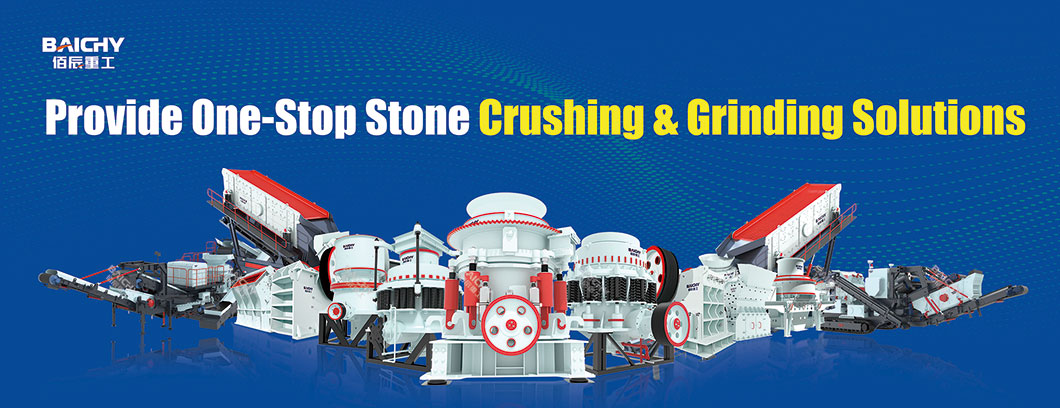
Typical Lifespan Estimates: Frame vs. Components
When discussing crusher lifespan, it is vital to distinguish between the machine's structural frame and its wear components. A high-quality stone crusher is built to withstand immense stress. The main body, often cast from heavy-duty steel, typically lasts between 15 to 25 years with proper care. There are many operational crushers in the field today that were manufactured in the 1980s. However, the internal components—bearings, shafts, and liners—have a much shorter cycle. These are consumables designed to be replaced. For example, liners may need replacement every few weeks or months depending on the rock abrasiveness, while bearings might last several years before needing an overhaul.
- Main Frame: 20+ years potential lifespan.
- Bearings and Shafts: 3 to 10 years depending on load and lubrication.
- Wear Parts (Liners/Blow Bars): Weeks to months depending on material.
Factors Influencing Crusher Durability
Not all crushers age at the same rate. The longevity of your equipment is directly tied to the environment in which it operates. The most significant factor is the geological makeup of the material being processed. Crushing soft limestone imposes far less stress on the machine than crushing abrasive granite or river rock. Additionally, the operating environment plays a role; high humidity, extreme temperatures, and excessive dust can degrade seals and contaminate oil, leading to premature failure.
- Material Hardness: High silica content increases wear rates exponentially.
- Feed Size: Oversized feed material causes structural shock and fatigue.
- Duty Cycle: Running at maximum capacity 24/7 wears components faster than intermittent use.
Jaw Crusher Durability vs. Impact and Cone Crushers
Different types of crushers have different life expectancies due to their mechanical design. Jaw crusher durability is legendary in the industry because these machines are built simply and robustly for the primary stage of reduction. They have fewer moving parts compared to other types, meaning fewer things can go wrong. Cone crushers are also durable but require more precise maintenance of their hydraulic and lubrication systems to reach their full lifespan. Impact crushers (HSI/VSI), by nature of their design, subject themselves to high-velocity collisions. While their frames are tough, they generally require more frequent maintenance intervals and part replacements than jaw or cone crushers.
- Jaw Crushers: High durability, lower maintenance frequency.
- Cone Crushers: Long lifespan if hydraulic systems remain clean.
- Impact Crushers: Higher wear rates due to high-speed impact forces.
Essential Maintenance Tips to Extend Lifespan
The difference between a crusher that dies in 10 years and one that lasts 25 is almost always maintenance. Reactive maintenance—fixing things only when they break—is the fastest way to shorten your equipment's life. Implementing a proactive schedule is key. This involves daily checks on oil levels, temperature readings on bearings, and ensuring the toggle plate and tension rods are correctly adjusted. Furthermore, using genuine OEM wear parts ensures the fit is perfect; ill-fitting aftermarket parts can vibrate and damage the main frame over time.
- Lubrication: Stick to the manufacturer's grease schedule without fail.
- Wear Part Rotation: Rotate liners to ensure even wear and protect the crusher body.
- Feed Regulation: Use a choke feed for cone crushers to stabilize pressure.
- Cleanliness: Keep breathers and filters clean to prevent oil contamination.
Conclusion
Ultimately, how long a stone crusher lasts is a combination of engineering quality and operator diligence. While the steel frame should serve your quarry for decades, the lifespan of the internal mechanisms depends on how well you manage the daily grind. By understanding jaw crusher durability, respecting the limits of your machine, and adhering to strict maintenance tips, you can maximize the value of your asset. Remember, the cost of maintenance is always lower than the cost of premature replacement.
People Also Frequently Asked For - FAQs
1.How do I know when to replace crusher wear parts?
You should monitor the wear patterns daily. Most manufacturers provide a wear profile template. Once the liner thickness reduces to a critical point where the main frame is at risk of exposure, or when production tonnage drops significantly due to loss of geometry, it is time to replace the parts.
2.Can a refurbished crusher last as long as a new one?
Yes, if the refurbishment includes a certified inspection of the main frame for cracks and a complete replacement of bearings, seals, and hydraulics. A factory-refurbished machine can offer a lifespan comparable to a new unit at a lower cost.
3.What is the most common cause of premature crusher failure?
Contamination of the lubrication system is the leading cause. Dust and dirt entering the oil or grease accelerate bearing failure, which can lead to catastrophic damage to the shaft and housing.





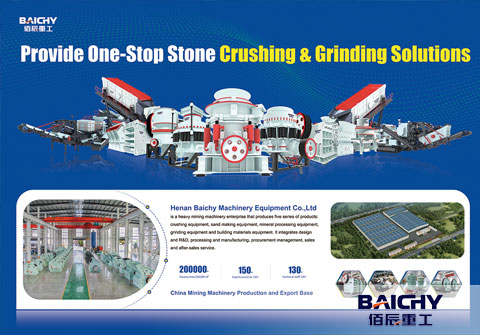
 2025-11-25
2025-11-25


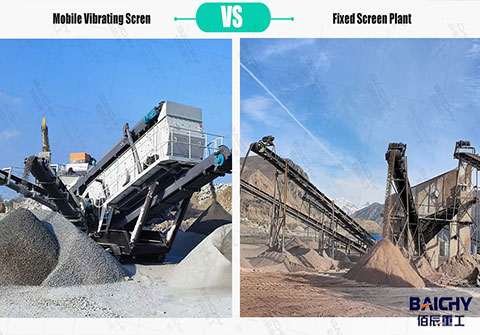
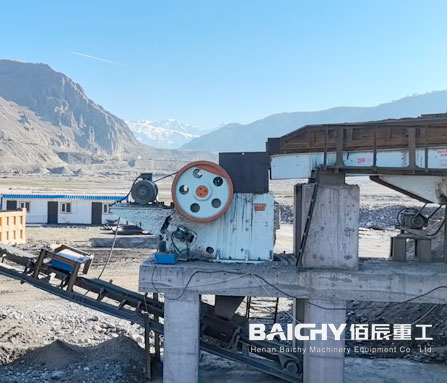
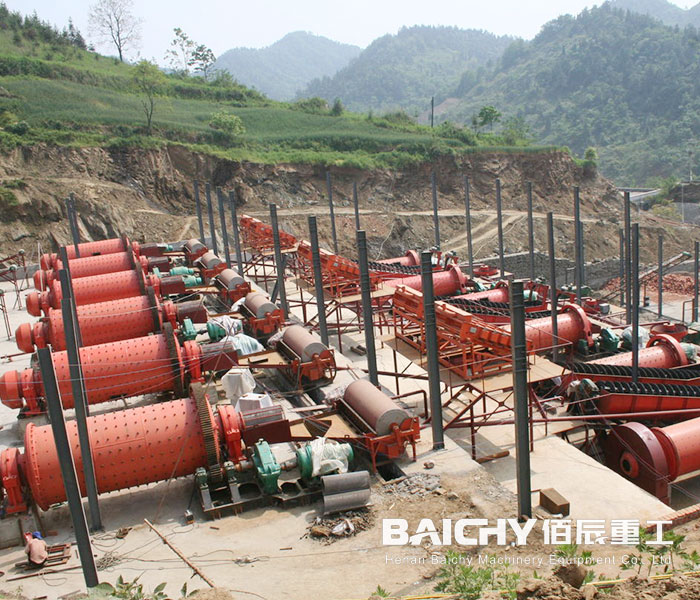

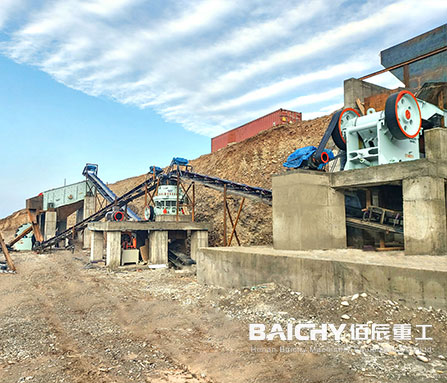














 86-15093113821
86-15093113821
 86-15093113821
86-15093113821

